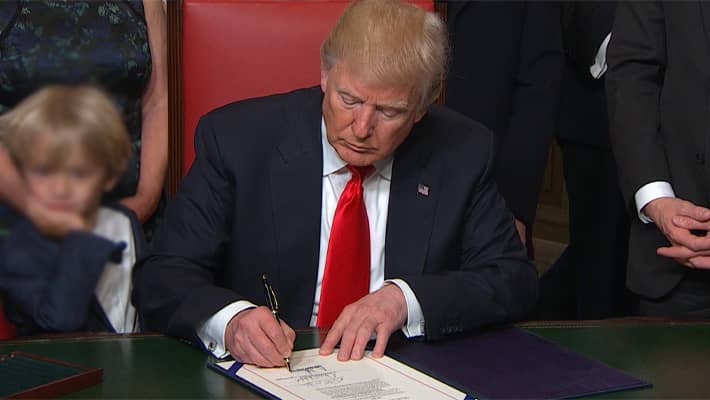The United States government has unveiled a proposed defence budget of $1 trillion for the fiscal year 2026, marking a significant milestone as the country’s military spending reaches a historic peak.
The proposal, released by the Department of Defense this week, underscores Washington’s growing concern over geopolitical instability and the need to modernize its armed forces amid rising global threats.
If approved by Congress, the $1 trillion figure would be the largest annual military budget in U.S. history, surpassing previous records and signaling a new era of defence investment. The proposal comes at a time when tensions remain high with strategic competitors such as China and Russia, while persistent regional conflicts and threats from non-state actors continue to challenge American security interests globally.
Pentagon officials said the proposed budget aims to enhance military readiness, invest in cutting-edge technologies, and maintain U.S. superiority across land, air, sea, cyber, and space domains. A significant portion of the funds will be directed toward advanced weapons systems, artificial intelligence, hypersonic missile development, and space-based defense infrastructure.
Defense Secretary Lloyd Austin described the proposal as essential for deterring aggression and maintaining the U.S.’s global leadership role. “This budget reflects our responsibility to keep America safe while preparing our forces for the challenges of the 21st century,” he said during a briefing in Washington, D.C. “We are investing in innovation, strategic deterrence, and the welfare of our service members.”
Key allocations in the 2026 defense budget include over $200 billion for personnel costs, including pay raises, housing, and healthcare for military personnel and their families. Another $300 billion is earmarked for research and development and procurement of new equipment, including fighter jets, naval ships, and long-range missile systems.
Approximately $150 billion will support ongoing operations and training, with the remaining funds distributed among logistics, cyber defense, intelligence capabilities, and nuclear modernization. A notable highlight is the continued investment in the modernization of the U.S. nuclear triad, including next-generation intercontinental ballistic missiles, strategic bombers, and submarine-launched systems.
The proposal also places emphasis on bolstering alliances and military partnerships, particularly in the Indo-Pacific region, where China’s growing military influence has raised alarms in Washington and among its allies. The Pentagon confirmed that a portion of the budget will be used to expand joint training exercises, forward deployment capabilities, and military assistance to allies in the region.
While the proposed increase has received support from many Republican lawmakers and defense hawks in Congress, it has drawn criticism from some Democrats and progressive advocacy groups. Critics argue that such a massive allocation to the military could divert funds from crucial domestic priorities such as education, healthcare, and infrastructure.
Senator Bernie Sanders voiced concern over the scale of the budget, saying, “We are spending more on the military than the next ten countries combined. We must ask ourselves if this level of spending truly makes us safer or simply enriches defense contractors.”
However, supporters of the proposal maintain that the current global environment demands robust military investment. They cite ongoing conflicts in Eastern Europe, threats in the Middle East, and increased Chinese military activities near Taiwan as justification for the heightened spending.
The proposal now moves to Congress, where it will undergo debate and revision before a final version is passed. Budget analysts expect intense negotiations in both chambers, with potential amendments to reallocate or reduce specific components.
Despite partisan divides, most lawmakers agree that ensuring national security remains a top priority. The debate is expected to center not on whether to fund the military, but on how much is enough and how to balance defense needs with domestic responsibilities.
The $1 trillion figure represents not just a budget line, but a strategic statement about the U.S.’s role in an increasingly unstable world. As international dynamics shift and technological warfare evolves, Washington’s defense posture is set to follow suit—with significant implications for allies, rivals, and global security at large.





